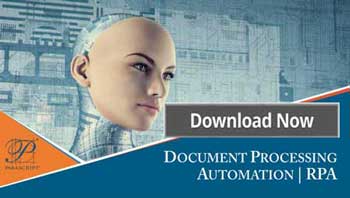There’s a great article by Doculabs CEO James Watson regarding myths and facts on robotic process automation or RPA for short. If you’re involved in anything related to operations or IT, then you have heard of RPA, or are consumed by it.
I found Mr. Watson’s article refreshing. It is based upon a session involving many industry practitioners. The primary focus was to have honest and frank discussions regarding the state of RPA adoption. What resulted is both eye-opening and useful as it provides a new take on the practicalities of RPA adoption that should remove a lot of confusion and unreasonable expectations. Among several results was the finding that not everyone is doing RPA, and business cases don’t always support RPA implementations. I urge you to read it.
Evolution of Existing Automation
Today’s RPA is in many ways the evolution of existing automation technology that uses rules to dictate how processes are handled. While much of the low hanging fruit for RPA has been in the IT provisioning (think automation of virtual server deployment) or with helpdesk work. The highly expensive processes often involve more complex decision making that require a lot more effort to design the appropriate set of rules.
While RPA has done extremely well in providing simple configuration and automation of the most rote processes, there is still progress necessary before even the advanced software vendors can adapt to both more complex information and elaborate processes. Many are advancing on the ability to optimize processes through machine learning. The ability to deal with the complex range of inputs via the same types of technology continues to be challenging.
Mindless Repetition vs. C3PO
At this stage, the robot in RPA might be more appropriately thought of as “mindless repetition” versus something akin to C3PO. While RPA is very effective for straightforward processes that use structured data, it doesn’t currently represent the panacea that many want it to be.
If you found this blog article interesting, you might find this RPA eBook useful:


